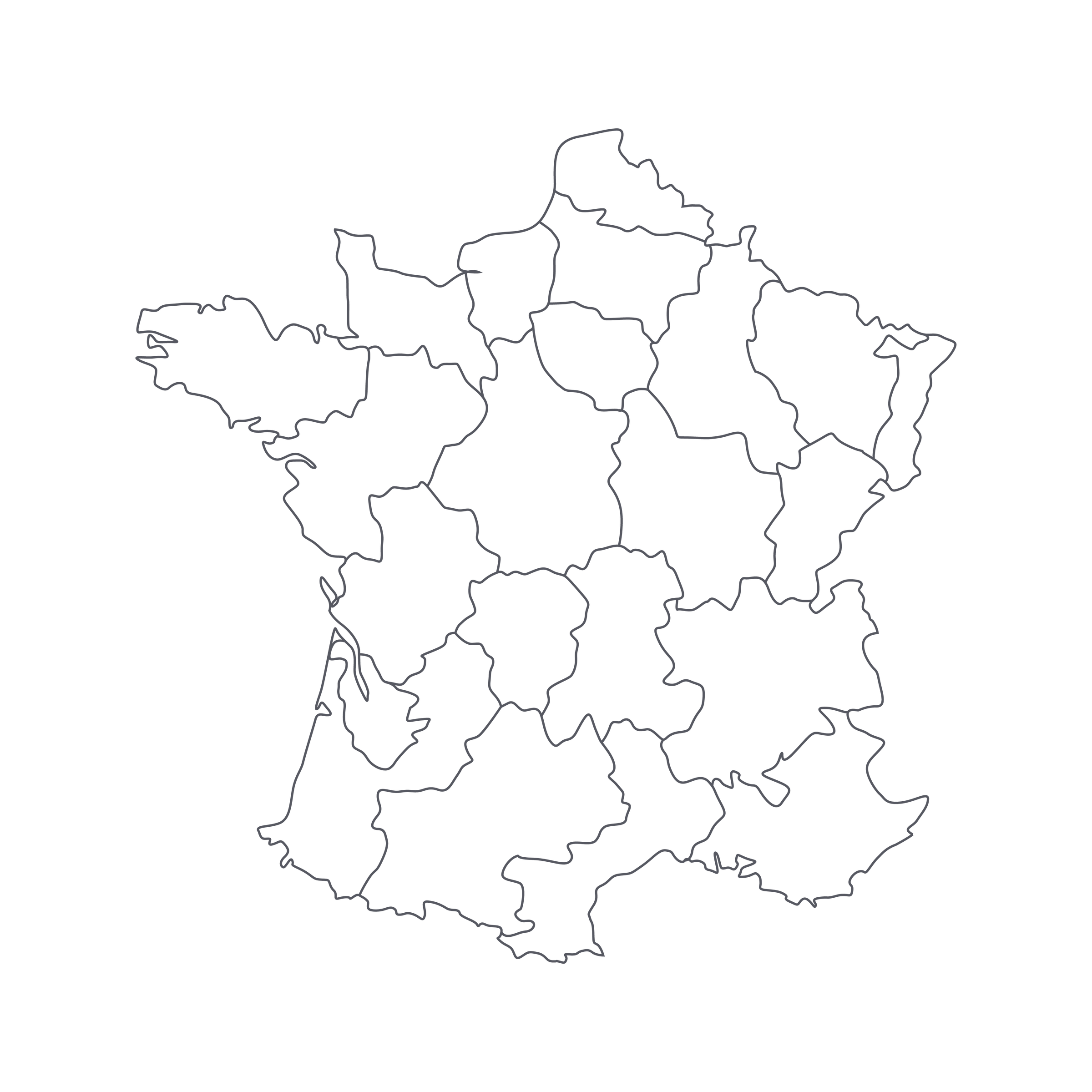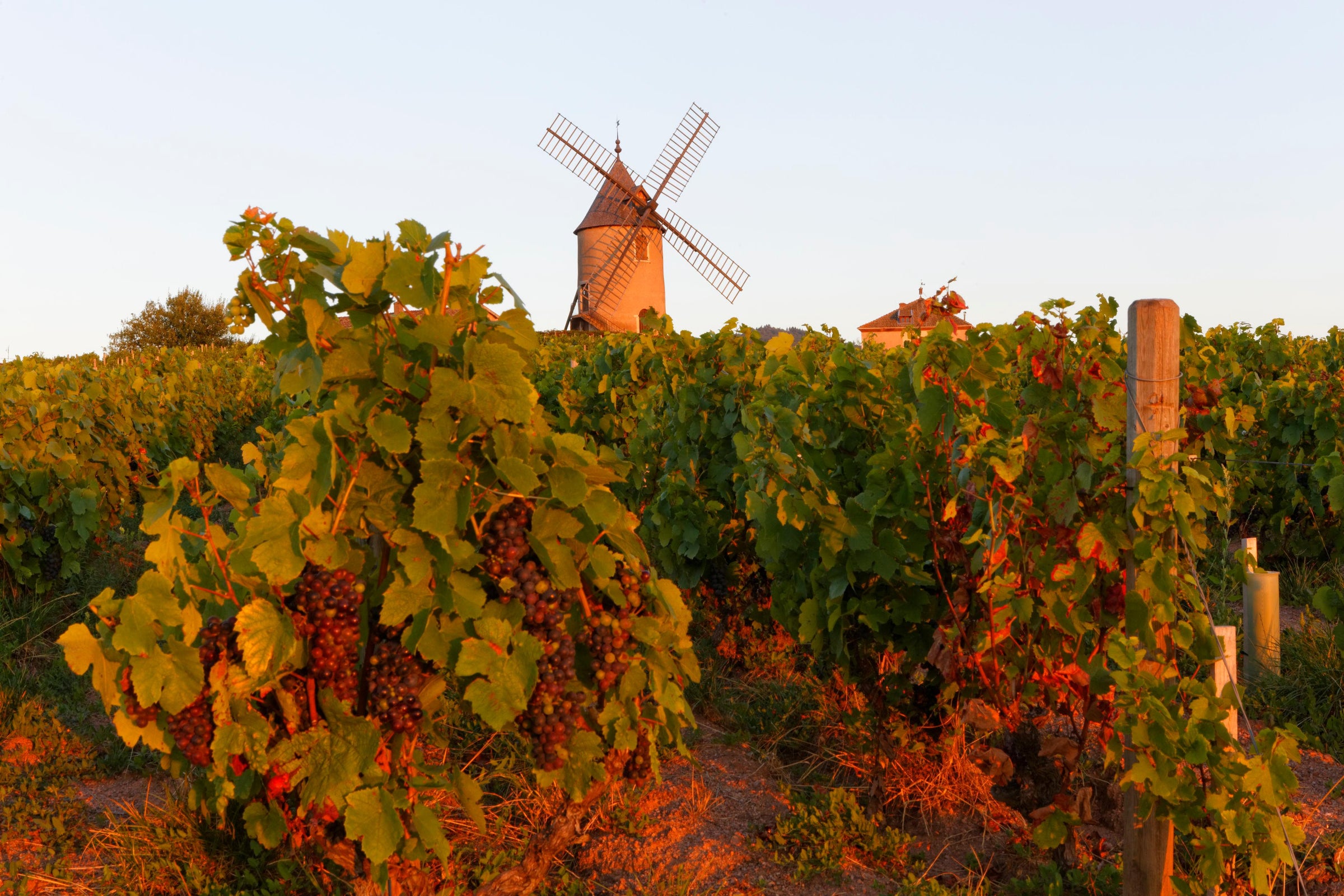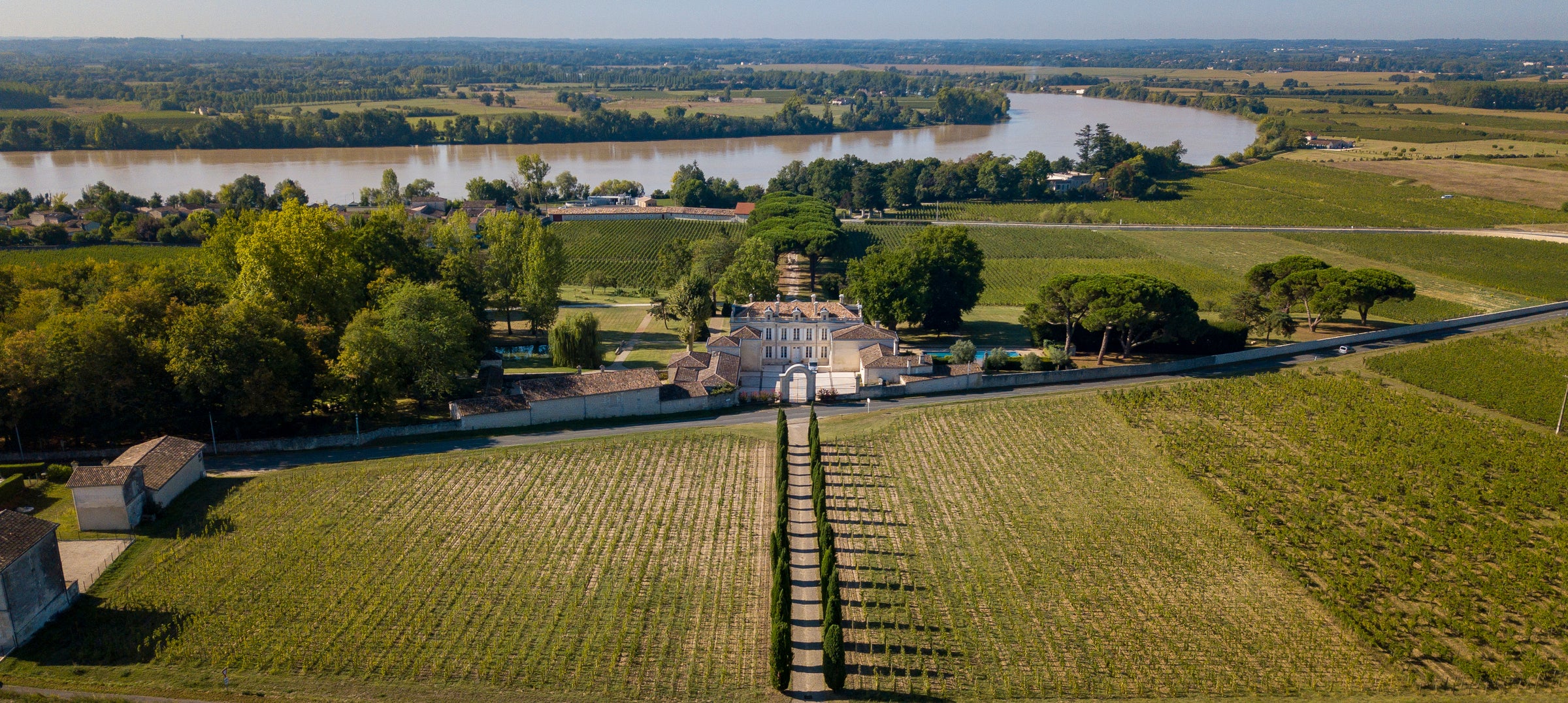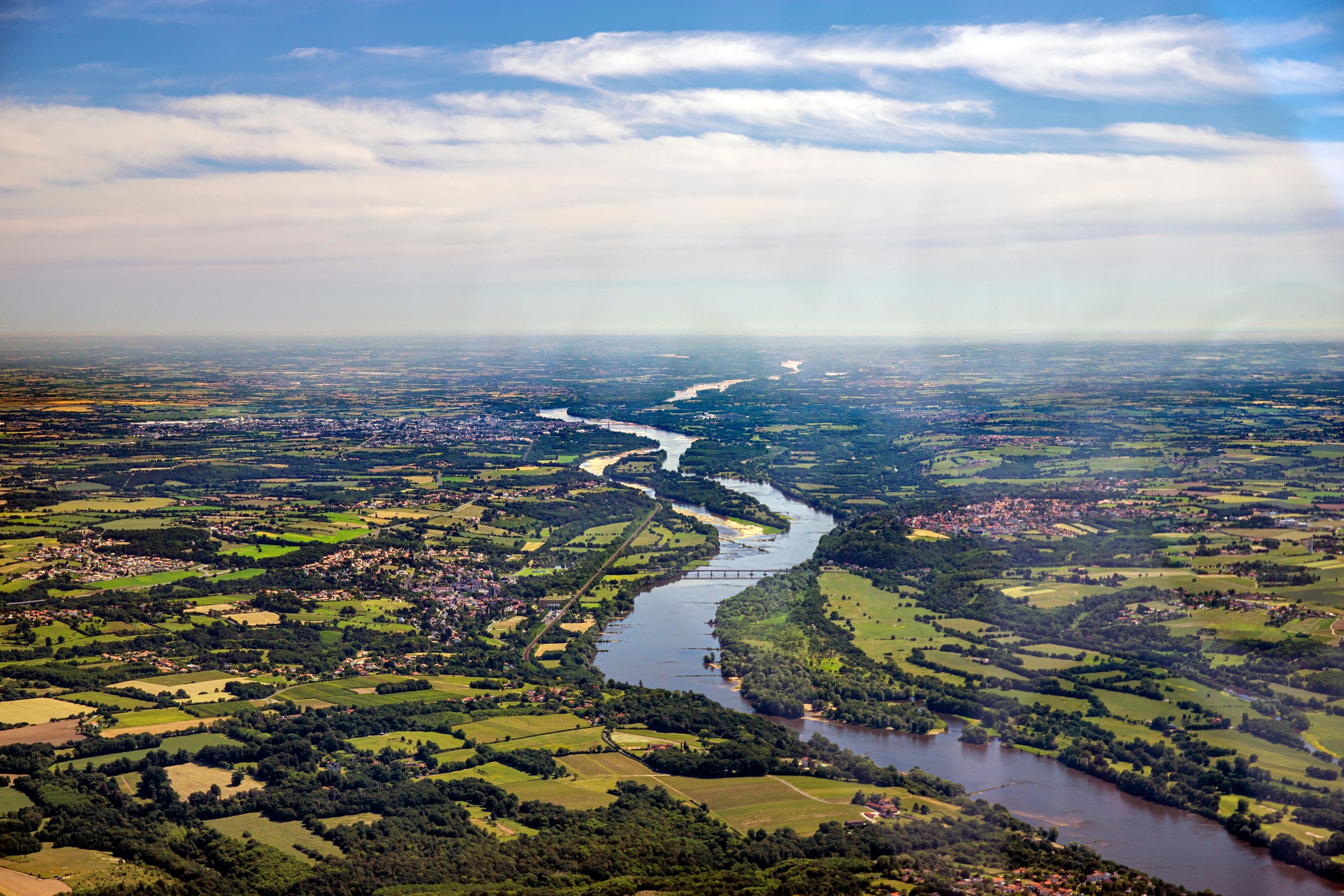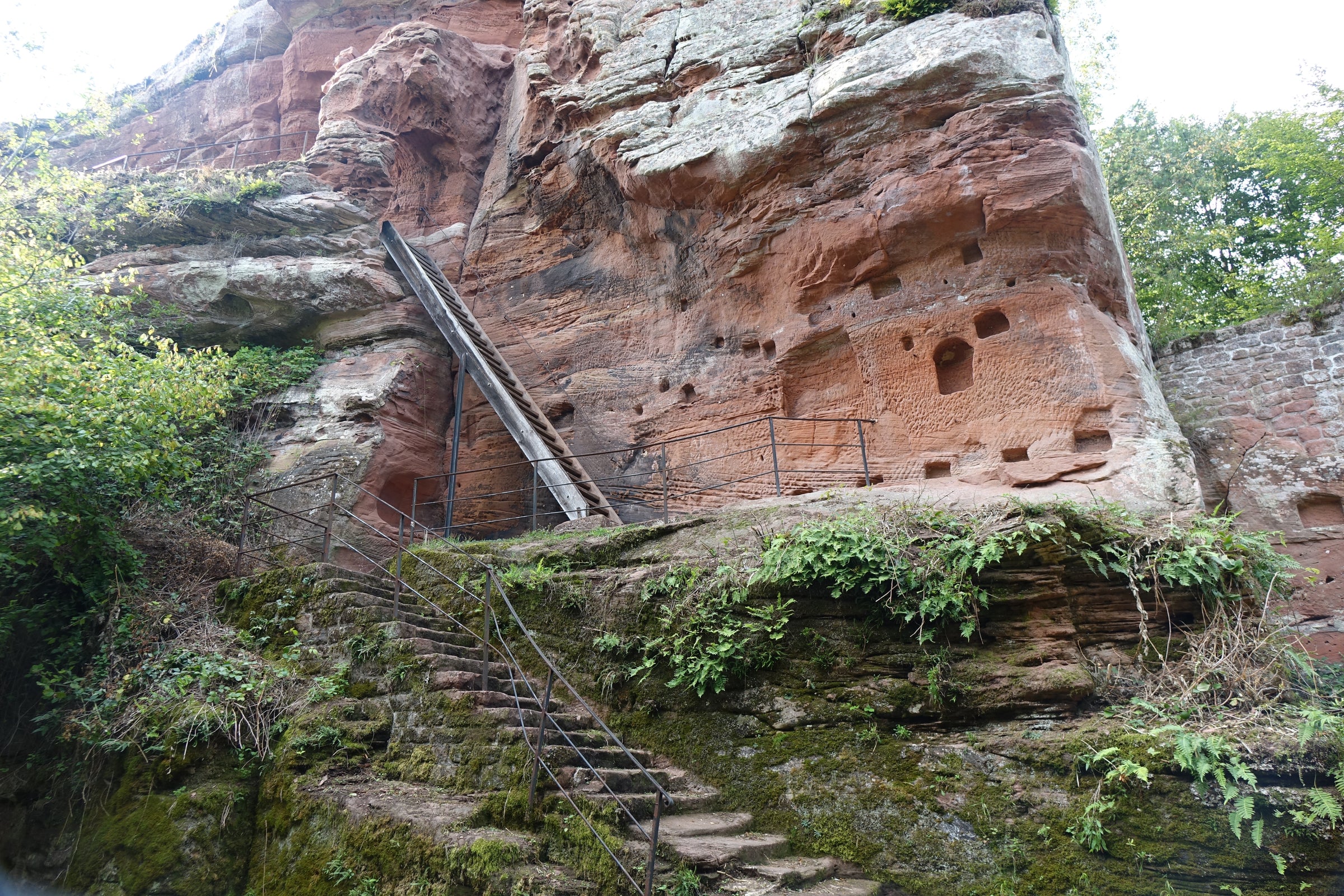Burgundy’s Côte de Nuits is sacred ground for Pinot Noir, as is evident on nearly any label you see: The place name is usually much bigger than the producer name. Having witnessed breathtaking vineyard vistas in communes like Vosne-Romanée, Gevrey-Chambertin, and Chambolle-Musigny, it’s only natural that a vigneron would feel humbled by his surroundings.
These vineyard sites are centuries in the making and vines are rooted deep in limestone, which is why burgeoning producers can thrive here—as long as they have an adept hand in traditional winemaking. Enter Domaine Philippe Rossignol, established some 40 years ago yet a relative “new kid on the block.” Today’s Côte de Nuits-Villages is sourced from prestigious villages we’ve all come to respect, but since there isn’t a commune or specific vineyard named, it’s at a price we’ve all got to love. And, as with most family trees here, there is a close connection to one of Burgundy’s all-star cult producers: Joseph Roty is Philippe’s brother-in-law, so there is no lack of prestige here. Still under the radar, Rossignol has crafted a pure, soulful, wonderfully fresh red that matches Premier Cru quality despite its catchall appellation. Rossignol wines have only recently been discovered and imported to the US—you’re one of the first to get your hands on some, so make sure you do!
Philippe Rossignol established his eponymous domaine in the mid-1970s. At the time, he was only in his twenties, but, as with most families in Burgundy, he enjoyed a deep-rooted history in the vines. Located in the heart of Gevrey-Chambertin, Philippe, now with the help of his son, Sylvain, crafts beautiful expressions of red Burgundy across a range of terroirs. Though they didn’t own any Premier Cru vines until the early 1990s, their wines, regardless of designation, have always been pure, top-quality expressions of place.
Today, the domaine remains small and is entirely worked by hand. They currently own 17 acres throughout Côte de Nuits both outright and en fermage, a long lease agreement (nine years minimum) that comes with the right of automatic renewal. They limit yields and always hand-harvest their crop. In the winery, grapes are entirely destemmed and after a cool fermentation, they are aged in mostly neutral French oak.
In the glass, Rossignol’s 2014 Côte de Nuits-Villages shows a brilliant, deep ruby core with light ruby, nearly pink reflections on the rim. The nose is softly perfumed with seductive notes of fruit, florality, and minerality; exactly what I crave in top red Burgundy. Expect high-toned black cherry, ripe black raspberry, Damson plum, and pomegranate melded with a combination of dried herbs, purple and red flowers, crushed stone, damp moss, forest floor, and a subtle mix of baking spices. We were floored by this wine’s depth and complexity on the palate. It is medium-bodied, but has the amplitude and layered texture of top Premier Cru bottlings. This is a seamless wine, full of well-rounded tannins and a rush of freshness that points to a lengthy life. I recommend drinking after a 30-minute decant, but don’t feel the need to rush this wine—it will evolve beautifully over the coming decade and beyond. Serve at 60-65 degrees in Burgundy stems with the attached pork preparation, which offers up some complementary flavors for this truly special wine. Cheers!


